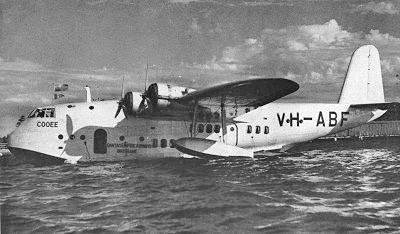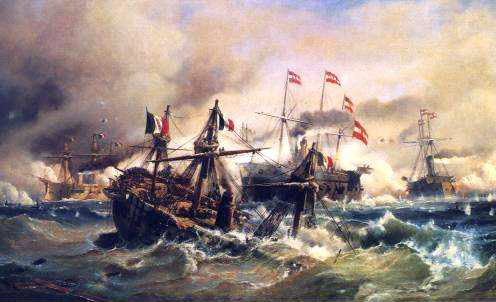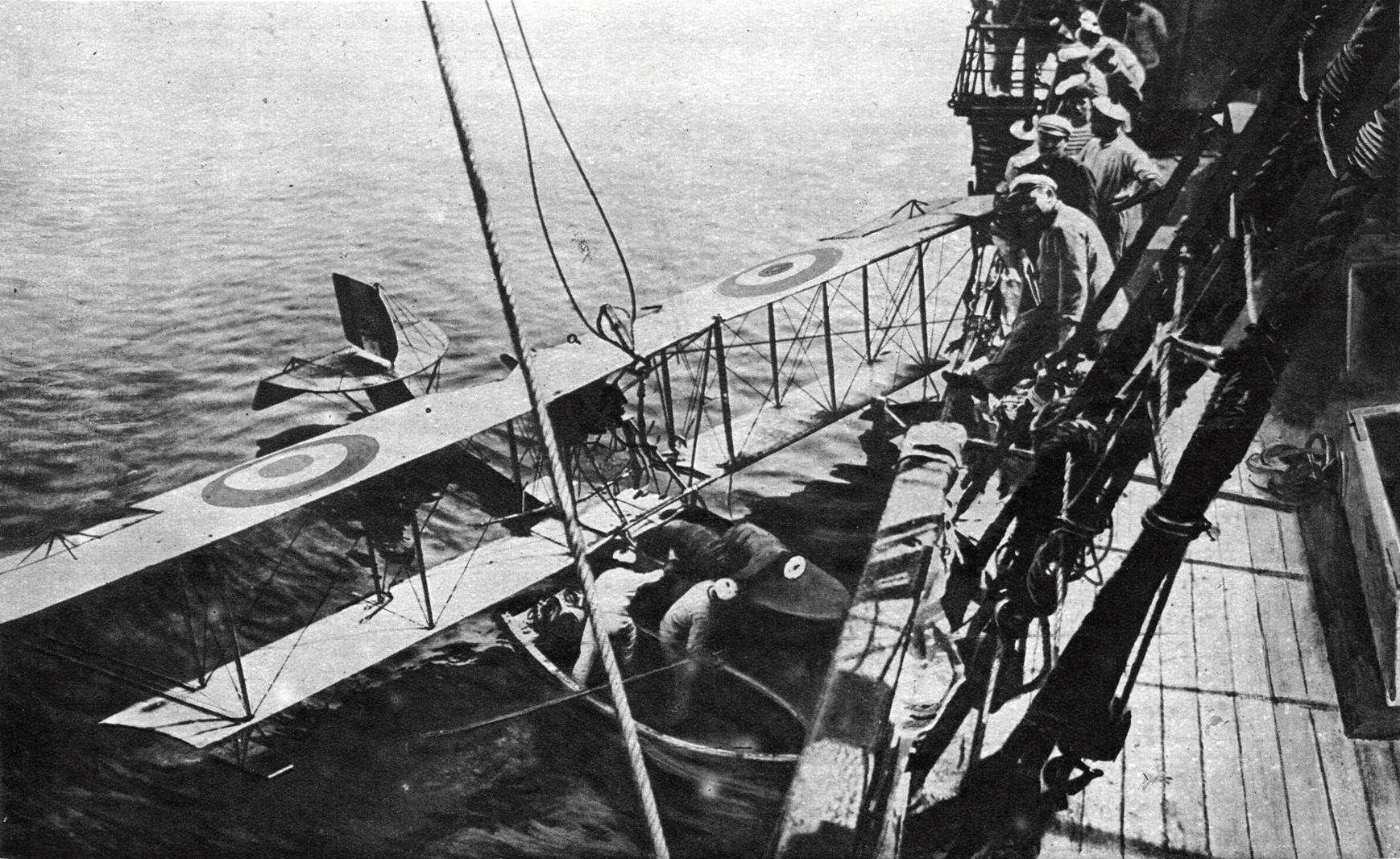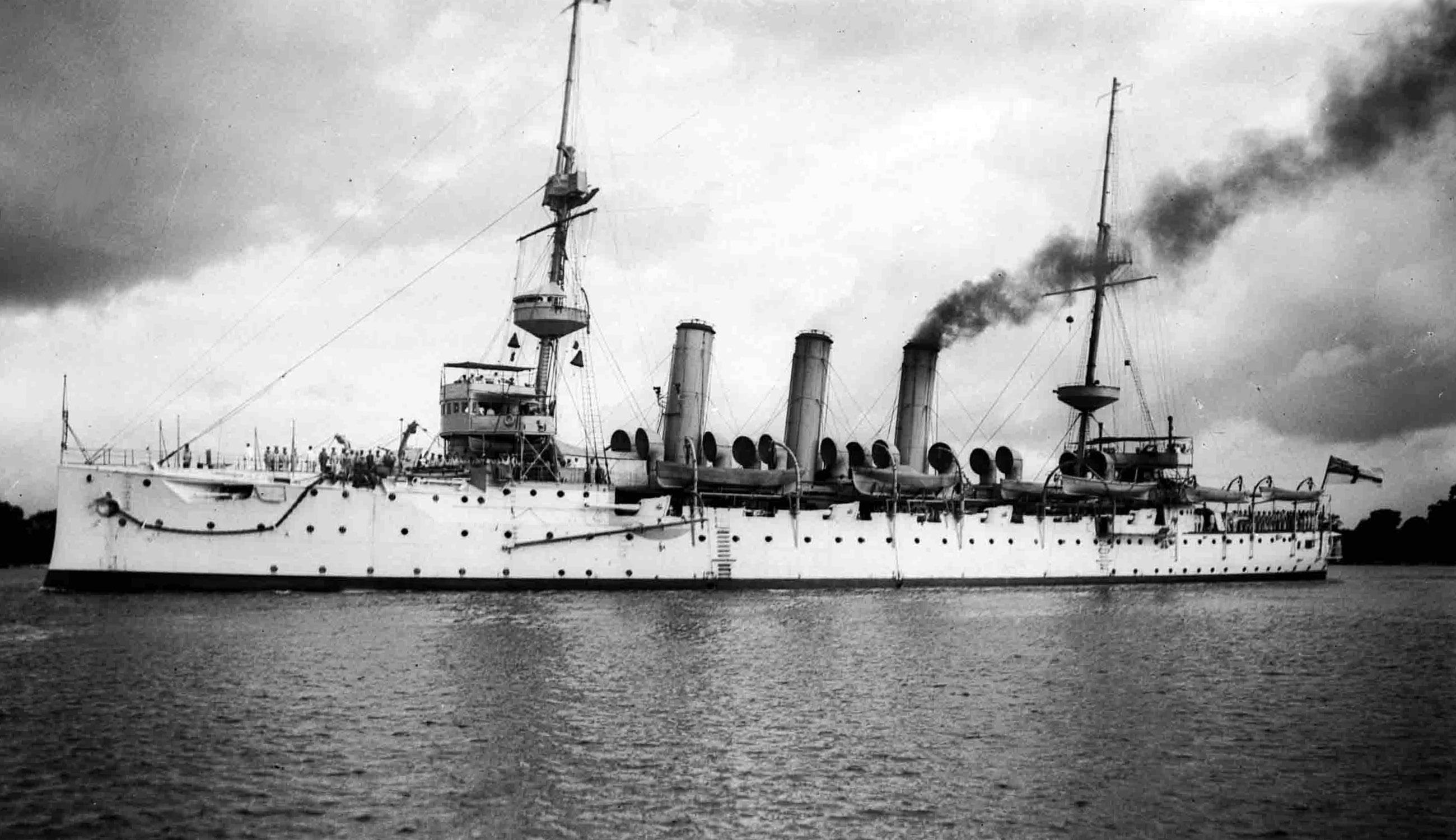|
Alessandro Guidoni
Alessandro Guidoni (July 15, 1880 – April 27, 1928) served as a General officer, general in the ''Regia Aeronautica'' (Italian Royal Air Force). Guidonia Montecelio, the small town and ''comune'' where he died while testing a new parachute, was named after him in 1937. Life Guidoni was born in Turin, Italy, on 15 July 1880. He obtained his degree in engineering at the Turin Polytechnic in 1903 and in 1905, while serving in the Navy Engineering Corps, took his second degree in naval engineering. In 1909 he developed a keen interest in the newborn ''Corpo Aeronautico Militare'' ("Military Aviation Corps") of the ''Regio Esercito'' (Italian Royal Army), joining many aviation pioneers. Guidoni served in the Italo-Turkish War of 1911-1912 as a pilot trainee, soon achieving a full certification and flying "hydroplanes" (seaplanes). He then started studying weaponry and developed a new gyroscope-guided bomb to be delivered by planes against distant targets. In 1912, as a Captain (OF-2 ... [...More Info...] [...Related Items...] OR: [Wikipedia] [Google] [Baidu] |
Turin
Turin ( , ; ; , then ) is a city and an important business and cultural centre in northern Italy. It is the capital city of Piedmont and of the Metropolitan City of Turin, and was the first Italian capital from 1861 to 1865. The city is mainly on the western bank of the Po (river), River Po, below its Susa Valley, and is surrounded by the western Alpine arch and Superga hill. The population of the city proper is 856,745 as of 2025, while the population of the urban area is estimated by Eurostat to be 1.7 million inhabitants. The Turin metropolitan area is estimated by the OECD to have a population of 2.2 million. The city was historically a major European political centre. From 1563, it was the capital of the Duchy of Savoy, then of the Kingdom of Sardinia (1720–1861), Kingdom of Sardinia ruled by the House of Savoy, and the first capital of the Kingdom of Italy from 1861 to 1865. Turin is sometimes called "the cradle of Italian liberty" for having been the politi ... [...More Info...] [...Related Items...] OR: [Wikipedia] [Google] [Baidu] |
Captain (OF-2)
The army rank of captain (from the French ) is a commissioned officer rank historically corresponding to the command of a company of soldiers. The rank is also used by some air forces and marine forces, but usually refers to a more senior officer. History The term ultimately goes back to Late Latin meaning "head of omething; in Middle English adopted as in the 14th century, from Old French . The military rank of captain was in use from the 1560s, referring to an officer who commands a company. The naval sense, an officer who commands a man-of-war, is somewhat earlier, from the 1550s, later extended in meaning to "master or commander of any kind of vessel". A captain in the period prior to the professionalization of the armed services of European nations subsequent to the French Revolution, during the early modern period, was a nobleman who purchased the right to head a company from the previous holder of that right. He would in turn receive money from another nobleman t ... [...More Info...] [...Related Items...] OR: [Wikipedia] [Google] [Baidu] |
Flying Boat
A flying boat is a type of seaplane with a hull, allowing it to land on water. It differs from a floatplane in having a fuselage that is purpose-designed for flotation, while floatplanes rely on fuselage-mounted floats for buoyancy. Though a flying boat’s fuselage provides buoyancy, it may also utilize under-wing floats or wing-like hull projections (called sponsons) for additional stability. Ascending into common use during the First World War, flying boats rapidly grew in both scale and capability during the interwar period, during which time numerous operators found commercial success with the type. Flying boats were some of the largest aircraft of the first half of the 20th century, exceeded in size only by bombers developed during the Second World War. Their advantage lay in using water instead of expensive land-based runways, making them the basis for international airlines in the interwar period. They were also commonly used as maritime patrol aircraft and air-s ... [...More Info...] [...Related Items...] OR: [Wikipedia] [Google] [Baidu] |
Dornier Do X
The Dornier Do X was the largest, heaviest, and most powerful flying boat in the world when it was produced by the Dornier company of Germany in 1929. First conceived by Claude Dornier in 1924, planning started in late 1925 and after over 240,000 work-hours it was completed in June 1929. Dornier Museum, 45 seconds During the years between the two World Wars, only the Soviet Tupolev ANT-20 ''Maksim Gorki'' landplane of a few years later was physically larger, but at 53 tonnes maximum takeoff weight it was not as heavy as the Do X's 56 tonnes. The Do X was financed by the German Transport Ministry and in order to circumvent conditions of the Treaty of Versailles, which forbade any aircraft exceeding set speed and range limits to be built by Germany after World War I, a specially designed plant was built at Altenrhein, on the Swiss side of Lake Constance. The type was popular with the public, but a lack of commercial interest and a number of non-fatal accidents prevented more ... [...More Info...] [...Related Items...] OR: [Wikipedia] [Google] [Baidu] |
Monumento Ad Alessandro Guidoni, Dettaglio - Guidonia
{{disambiguation ...
Monumento may refer to: * ''Monumento'' (album), a 2008 album by Dakrya * "Monumento", a 2018 song by Kyla from ''The Queen of R&B'' * Monumento, a district in Caloocan, Philippines where the Bonifacio Monument is located ** Monumento LRT station, Manila LRT station serving the said area See also ''Monumento'' means monument in Portuguese, Spanish, and Filipino. For relevant articles in Wikipedia see: * Monuments of Portugal * Monument (Spain) The current legislation regarding historical monuments in Spain dates from 1985. However, ''Monumentos nacionales'' (to use the original term) were first designated in the nineteenth century. It was a fairly broad category for national heritage sit ... [...More Info...] [...Related Items...] OR: [Wikipedia] [Google] [Baidu] |
Colonel
Colonel ( ; abbreviated as Col., Col, or COL) is a senior military Officer (armed forces), officer rank used in many countries. It is also used in some police forces and paramilitary organizations. In the 17th, 18th, and 19th centuries, a colonel was typically in charge of a regiment in an army. Modern usage varies greatly, and in some cases, the term is used as an Colonel (title), honorific title that may have no direct relationship to military. In some smaller military forces, such as those of Monaco or the Holy See, Vatican, colonel is the highest Military rank, rank. Equivalent naval ranks may be called Captain (naval), captain or ship-of-the-line captain. In the Commonwealth of Nations, Commonwealth's air force ranking system, the equivalent rank is group captain. History and origins By the end of the late medieval period, a group of "companies" was referred to as a "column" of an army. According to Raymond Oliver, , the Spanish began explicitly reorganizing part of thei ... [...More Info...] [...Related Items...] OR: [Wikipedia] [Google] [Baidu] |
Military Attaché
A military attaché or defence attaché (DA),Defence Attachés ''Geneva Centre for the Democratic Control of Armed Forces (DCAF)'' sometimes known as a "military diplomat",Prout, John. THE ORIGINS OF THE MILITARY ATTACHÉ CORPS " ''American Intelligence Journal'' 21, no. 1/2 (2002): 47–55. is an responsible for matters within a [...More Info...] [...Related Items...] OR: [Wikipedia] [Google] [Baidu] |
London
London is the Capital city, capital and List of urban areas in the United Kingdom, largest city of both England and the United Kingdom, with a population of in . London metropolitan area, Its wider metropolitan area is the largest in Western Europe, with a population of 14.9 million. London stands on the River Thames in southeast England, at the head of a tidal estuary down to the North Sea, and has been a major settlement for nearly 2,000 years. Its ancient core and financial centre, the City of London, was founded by the Roman Empire, Romans as Londinium and has retained its medieval boundaries. The City of Westminster, to the west of the City of London, has been the centuries-long host of Government of the United Kingdom, the national government and Parliament of the United Kingdom, parliament. London grew rapidly 19th-century London, in the 19th century, becoming the world's List of largest cities throughout history, largest city at the time. Since the 19th cen ... [...More Info...] [...Related Items...] OR: [Wikipedia] [Google] [Baidu] |
Embassy
A diplomatic mission or foreign mission is a group of people from a Sovereign state, state or organization present in another state to represent the sending state or organization officially in the receiving or host state. In practice, the phrase usually denotes an embassy or high commission, which is the main office of a country's Diplomacy, diplomatic representatives to another country; it is usually, but not necessarily, based in the receiving state's Capital (political), capital city. Consulates, on the other hand, are smaller diplomatic missions that are normally located in major cities of the receiving state (but can be located in the capital, typically when the sending country has no embassy in the receiving state). In addition to being a diplomatic mission to the country in which it is located, an embassy may also be a non-resident permanent mission to one or more other countries. The term embassy is sometimes used interchangeably with Chancery (diplomacy), chancery, the p ... [...More Info...] [...Related Items...] OR: [Wikipedia] [Google] [Baidu] |
Regia Marina
The , ) (RM) or Royal Italian Navy was the navy of the Kingdom of Italy () from 1861 to 1946. In 1946, with the birth of the Italian Republic (''Repubblica Italiana''), the changed its name to '' Marina Militare'' ("Military Navy"). Origins The was established on 17 March 1861 following the proclamation of the formation of the Kingdom of Italy. Just as the Kingdom was a unification of various states in the Italian peninsula, so the was formed from the navies of those states, though the main constituents were the navies of the former kingdoms of Sardinia and Naples. The new Navy inherited a substantial number of ships, both sail- and steam-powered, and the long naval traditions of its constituents, especially those of Sardinia and Naples, but also suffered from some major handicaps. Firstly, it suffered from a lack of uniformity and cohesion; the was a heterogeneous mix of equipment, standards and practice, and even saw hostility between the officers from the various f ... [...More Info...] [...Related Items...] OR: [Wikipedia] [Google] [Baidu] |
Italian Seaplane Carrier Europa
''Europa'' was a seaplane carrier of the Italian ''Regia Marina'' (Royal Navy). Originally laid down as the merchant ship ''Manila'', she was renamed ''Salacia'' in 1898, and then sold to German and then Italian shipping companies in 1911 and 1913, respectively. She became ''Quarto'' in 1913, and in February 1915 she was purchased by the Italian fleet, renamed ''Europa'', and converted into a seaplane carrier with a capacity of eight seaplanes. She served as a seaplane base in Valona during World War I and supported the Allied response during the Battle of the Strait of Otranto in 1917. She was quickly sold for scrap in 1920 after the war ended. Original characteristics and career Originally built for the Spanish company Pinillos, Izquierdo & Cia as the merchant steamer ''Manila'', she was laid down in 1895 in Scotland, at the Charles Connell and Company shipyard in Glasgow. Built as yard number 222, she was launched on 5 July and completed in August that year. In 1898, she was ... [...More Info...] [...Related Items...] OR: [Wikipedia] [Google] [Baidu] |
Seaplane Carrier
A seaplane tender is a boat or ship that supports the operation of seaplanes. Some of these vessels, known as seaplane carriers, could not only carry seaplanes but also provided all the facilities needed for their operation; these ships are regarded by some as the first aircraft carriers and appeared just before the First World War. Terminology In maritime parlance a tender is a vessel that is used to support the operation of other vessels. In British usage, the term tender was used for small craft, with the term depot ship being used for large seagoing vessels. Flying boats and float planes even when based at home in ports and harbour had a need for small support vessels to operate.p British tenders were small craft of launch to pinnace size. These were used to ferry crews, stores and supplies between shore and the aircraft, to maintain the buoys used to mark out "taxiways" and "runways" and to keep these clear of debris to prevent foreign object damage, and in the case of ... [...More Info...] [...Related Items...] OR: [Wikipedia] [Google] [Baidu] |







